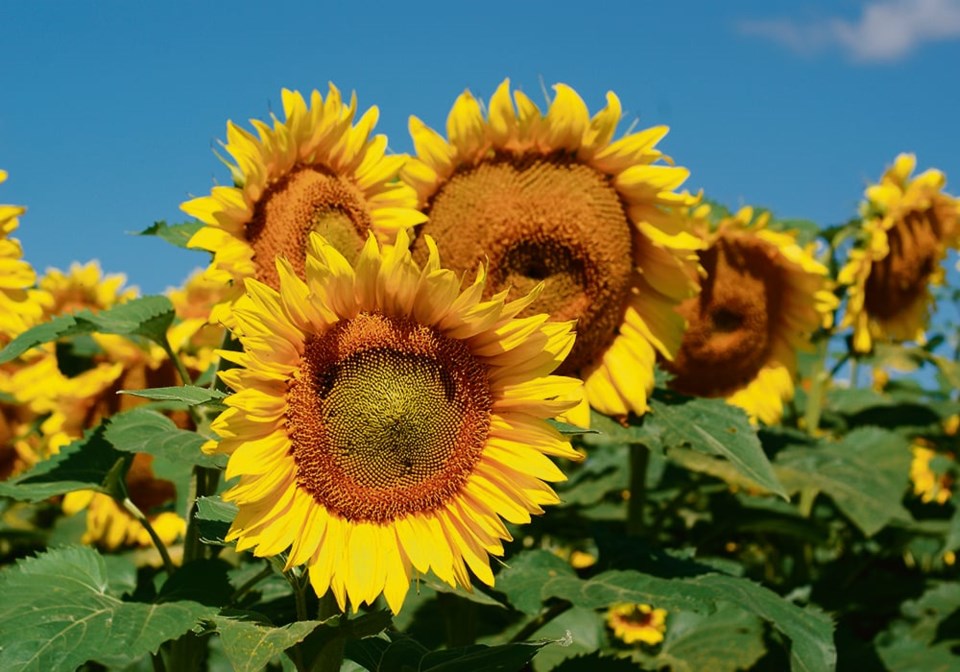WESTERN PRODUCER — High-oleic sunflower production is way down in Ukraine, and that presents a marketing opportunity for Canada’s high-oleic canola growers, says an industry official.
UkrAgroConsult is reporting that Ukraine’s high-oleic sunflower acres are down 55 percent in 2022-23 compared to last year. The country’s sunflower harvest is just wrapping up.
Ukraine is the world’s leading supplier of high-oleic sunflower oil, followed by Russia.
John Jansen, vice-president of strategic partnerships with the United Soybean Board (USB), said his contacts in Europe don’t think the situation is as dire as UkrAgroConsult is reporting.
“We don’t forecast anywhere near 50 (percent),” he said.
“Maybe we are behind the curve on that or don’t have the appropriate visibility.”
The USB believes acres are down about 15 percent compared to normal in Ukraine, and exports may be about 20 percent below the usual volumes.
However, he noted that exports out of Russia are also expected to be down about 30 percent due to international sanctions, so combined it’s still a big blow to the global supply of high-oleic oils.
The U.S. Department of Agriculture estimates Ukraine’s total sunflower seed production at 10.1 million tonnes in 2022-23, down 42 percent from the previous year.
The country’s total sunflower oil production is pegged at 4.09 million tonnes, a 12 percent drop.
Jansen said high-oleic oil demand is forecast to grow by 50 percent between 2020 and 2030. Actual growth in demand has been about six percent per year.
Supply is having a hard time keeping pace with demand because of Canada’s 2021 drought, which affected high-oleic canola production and the war in Ukraine that is impacting high-oleic sunflower oil exports in both Ukraine and Russia.
It would be highly problematic if UkrAgroConsult is right and high-oleic sunflower acreage is down 55 percent in Ukraine.
“If that number is correct, the shortfall for high-oleic product globally would be significant,” said Jansen.
The shortfall would likely be filled by high-oleic canola oil from Canada and high-oleic sunflower oil from Canada and the United States.
“If I were a Canadian grower, I’d be fairly optimistic with the opportunity,” he said.
Corteva was contacted for this story but declined comment. The company is the exclusive distributor of the Nexera canola trait and recently purchased Cargill’s Victory high-oleic breeding program.
There is no discretionary production of high-oleic soybean oil in the U.S. All the 2022 production was contracted.
Acres are expected to increase by 30 percent in 2023, but again, all that production has been contracted.
“There isn’t anything that isn’t already spoken for domestically,” he said.
But there is excess high-oleic canola production in Canada that could help fill the void. High-oleic canola oil can be substituted seamlessly for high-oleic sunflower oil.
North American sunflower oil production has increased to about 650 million pounds per year from 400 million pounds five years ago, so that’s another potential relief valve.
However, if prices for those two commodities become too high, food manufacturers will shift to other products.
“At some point you pull the plug, and you move to alternative oils,” said Jansen.
Contact [email protected]

